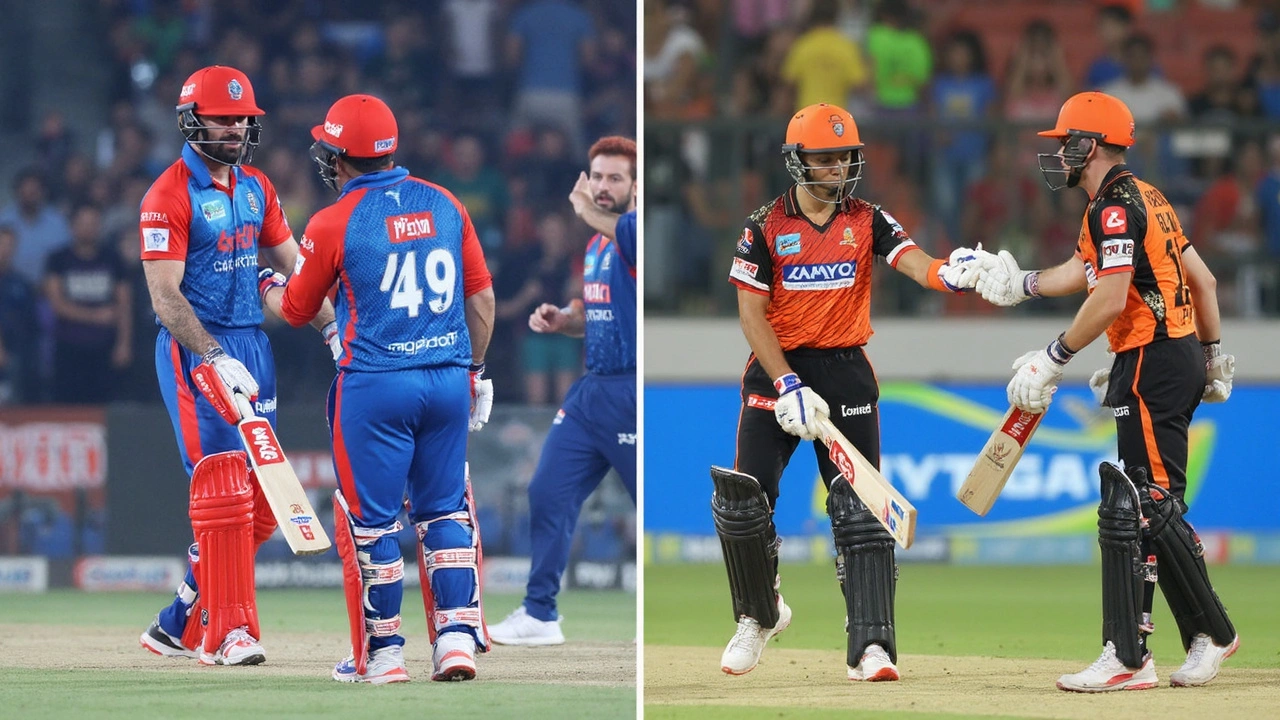300-Run Innings: What a Triple Century Means in Cricket
A 300-run innings — called a triple century — is one of cricket's toughest personal landmarks. When a batter reaches 300 in a single innings they’ve shown extreme skill, focus and stamina. These knocks usually change the whole match, force declarations, and become career-defining moments.
Why a 300 is so rare
Think about it: scoring 100 is hard enough, but 300 means batting for multiple sessions, often across a whole day. Only a few dozen triple centuries exist in Test history, so you rarely see them. Conditions must line up — a good pitch, a tiring bowling attack, and time on the clock for the batter to keep going. Even top players convert hundreds into big scores less often because bowlers adjust, fatigue sets in, and captains declare to press for a win.
Some 300s turn into records. Brian Lara’s 400* still stands as the highest Test score and people remember it because it not only broke records, it shaped the match. Others like Matthew Hayden, Mahela Jayawardene, Garry Sobers, Virender Sehwag (who has two triple centuries), Chris Gayle and Don Bradman delivered innings that changed how we talk about batting resilience.
How batters build a 300 — practical habits
Want to know what it takes on the field? It’s not just talent. Here are the practical pieces that add up to a marathon innings:
- Session planning: Break the day into small goals — survive an hour, then 30-ball targets. That keeps the mind from wandering.
- Rotate the strike: Don’t try to hit boundaries every ball. Singles keep the scoreboard moving and reduce pressure on one end.
- Pick your moments: Attack specific bowlers or bad balls rather than every delivery. Energy management matters.
- Physical prep: Hydrate, eat light between sessions, and stretch. Endurance helps you stay sharp late in the day.
- Mindset tricks: Use routines between overs, visualise short targets, and reset after every wicket to avoid slipping into negative thought loops.
- Communication: Talk to your partner. Good running and clear calls save runs and reduce risky singles that can break concentration.
For younger players, the lesson is simple: build long innings gradually. Convert consistent scores into bigger ones by improving concentration, fitness, and shot selection. For fans, a triple century is a rare thrill — you see batting history unfold, session by session.
So next time someone mentions a 300-run innings, remember it’s more than a number. It’s a test of technique, temperament and time on the field — and when it happens, it usually shapes the whole match.
